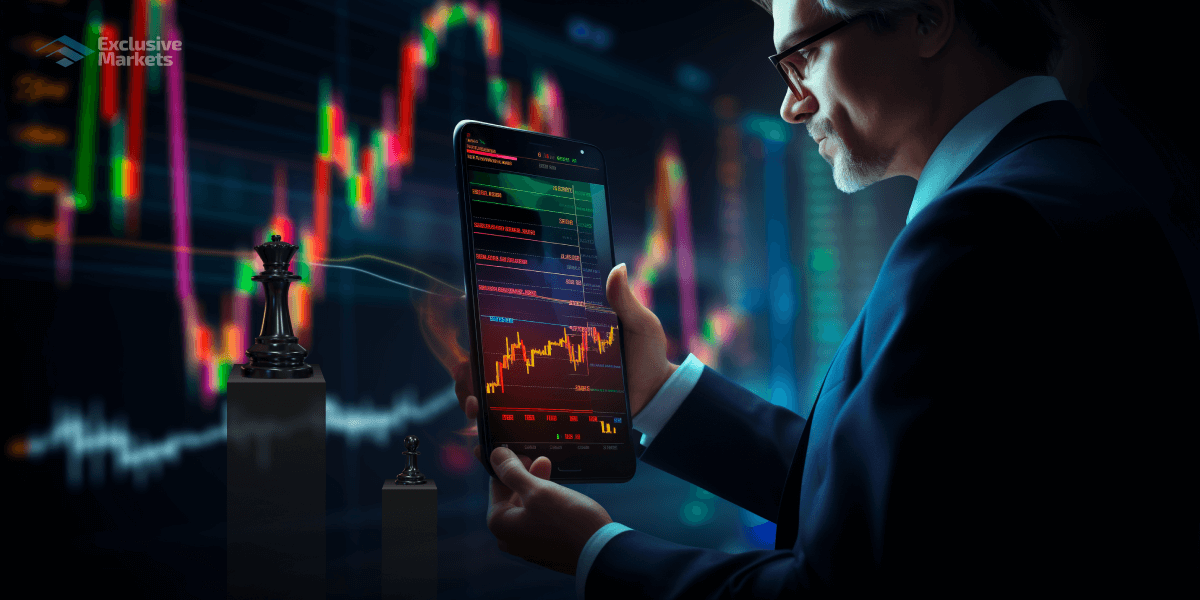
Understanding Forex Trading Sessions: A Comprehensive Guide
The Forex market operates around the clock, and being aware of the different trading sessions is crucial for any trader aiming to maximize their strategies. The market is divided into several trading sessions, which are categorized based on the global financial centers which are most active at any given time. Understanding these sessions can help traders to capitalize on market movements and volatility. In this article, we will explore the various Forex trading sessions and how they influence trading activity. For more information about effective trading practices, you can also check forex trading sessions Trading Broker AR.
What are Forex Trading Sessions?
The Forex market is open 24 hours a day, five days a week. However, it is not equally active at all times. Trading sessions refer to specific periods during the trading day when markets are open in various financial hubs around the world. The main trading sessions are categorized into four key sessions:
- Asian Session
- European Session
- North American Session
- Pacific Session
1. Asian Trading Session
The Asian trading session occurs from approximately 11 PM to 8 AM GMT. The major financial center in this session is Tokyo. This session tends to be more subdued in terms of volatility and volume when compared to the European and North American sessions. The currencies primarily traded during this session are the Japanese Yen (JPY), Australian Dollar (AUD), and New Zealand Dollar (NZD). The lower volatility can often result in narrower price ranges, but significant economic news releases from Japan and Australia can lead to increased activity.
2. European Trading Session
The European session runs from 7 AM to 4 PM GMT. This session is often considered the most active trading session due to the presence of numerous financial hubs, including London, Frankfurt, and Paris. During this time, liquidity increases significantly, leading to higher volatility, which can present both risks and opportunities for traders. Some of the most traded currencies like the Euro (EUR) and British Pound (GBP) are most active during this session, often leading to sharp price movements following economic announcements from Europe.
3. North American Trading Session

The North American session overlaps with the last part of the European session and runs from 12 PM to 9 PM GMT. The New York Stock Exchange also operates during this time, adding to the market activity. Currencies such as the US Dollar (USD) become particularly active, especially after major data releases from the US. This session is known for its high liquidity, especially during the overlap with the European session, which can lead to strong price movements and trading opportunities.
4. Pacific Trading Session
The Pacific session, which includes trading from markets like Sydney and Wellington, runs from 9 PM to 11 PM GMT. This session is characterized by lower trading volumes, similar to the Asian session. However, it may offer opportunities for traders willing to engage with lower volatility markets. The Australian Dollar (AUD) is typically more active during this time, and any news related to Australia can affect price movements.
Understanding Overlaps Between Sessions
One of the crucial aspects of Forex trading sessions is the overlap between different sessions. The most significant overlap is between the European and North American sessions, which occurs from 12 PM to 4 PM GMT. This period sees the highest trading volumes and liquidity as two of the largest markets operate simultaneously. Traders can expect more volatility and stronger price movements during these overlaps, which can create real-time trading opportunities. Being aware of these overlaps can help traders strategize their trades effectively.
The Importance of Economic Indicators
Each trading session is influenced by various economic indicators and news releases. Major economic announcements such as interest rate decisions, employment statistics, and GDP growth can lead to heightened volatility. Traders should keep an eye on the economic calendar that lists important upcoming releases and be prepared to adjust their strategies accordingly. Knowing when major news is set to be released can also provide insights into which trading session might present the best opportunities.
Tips for Trading Across Sessions
- Know Your Sessions: Familiarize yourself with the specific characteristics of each trading session, including peak times and the currencies most actively traded.
- Monitor Economic News: Stay updated on economic indicators and news releases that can significantly impact the Forex market.
- Use a Trading Strategy: Develop a trading strategy that considers the different market conditions during each session. This includes setting stop-loss orders and identifying entry and exit points.
- Practice Patience: Wait for the right time to enter a trade. Trading during times of high volatility can be beneficial, but it is essential to ensure that you are entering trades based on sound analysis.
- Utilize Demo Accounts: Practice trading in different sessions using a demo account to gauge how various strategies perform during Asian, European, and North American sessions.
Conclusion
Understanding Forex trading sessions is vital for traders aiming to maximize their potential for profit. Each session has its own characteristics, and being aware of how they interrelate can provide significant advantages. By analyzing market conditions in relation to the session you are trading, along with monitoring key economic indicators, you can enhance your trading strategies and improve your overall trading experience. Whether you’re trading during the quieter Asian session or the bustling overlap of the European and North American sessions, knowing when to trade is key to success in the Forex market.

